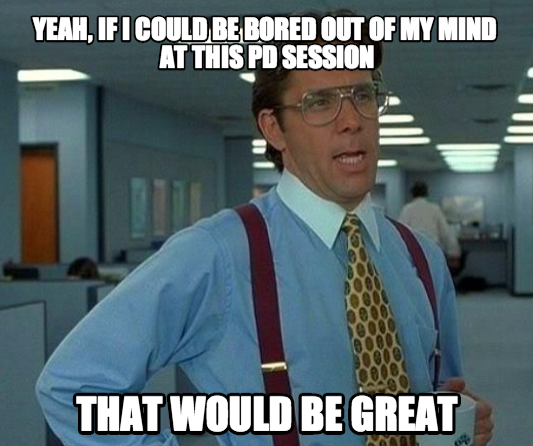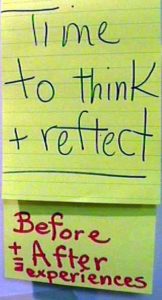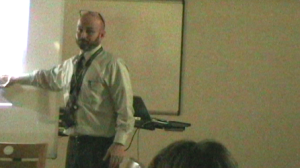
I started to read a book about coaching about 2 years ago. Having been an instructional technology coach for an untold number of years, it seemed a bit redundant or late for reading a book of this nature. However, despite my experience, I find this book refreshing in that it puts ideas I have into a structured and cogent manner. I feel as if I have a way to describe my experiences in order to leverage them AND GROW.
The book is The Art of Coaching: Effective Strategies for School Transformation by Elena Aguilar.
I find reading other opinions of this book to be helpful. So, as I read it (and reread portions of it), I will blog my thoughts and experiences with the topics.
Introduction:
In the beginning of the text, Elena discusses her motivations for writing this book. She is correct in that there are not many books on the subject. She didn’t have anything when she started and she had to learn it through experience. YES, I have had the same experience. Learning though experience emblazons those lessons even deeper than if I had read it in a book. Heck, I may even read something and not believe it UNTIL I EXPERIENCE it. I would vouch that others are like me. But reading about it in hindsight (aka reflecting) can help us move forward. I appreciate her introduction, explaining the source for her expertise.
I really like this part, “This book is an attempt to make what goes on in an effective coach’s mind visible – to make a coach’s thoughts, beliefs, knowledge, core values, and feelings explicit so that they can be replacated by others. Coaching is an art, and just as the process of producing a piece of art can be broken down, so can coaching.” (Introduction). It is a complex dance of working with the specialty, the teachers (in all respects), and the visions and practices of a school district.
My role has evolved from “break and fix”, “click and point” to “what does LEARNING mean”? In the end, the technology is secondary. Student and teachers and LEARNERS are currently my focus. I didn’t come to this realization my first year of being a coach (ahem, last century). I have seen many technology and learning initiatives (and sometimes they were separate things) come and go. What is the famous saying? Those who do not learn history are doomed to repeat it. I think my point is that there are many things that go through an experienced coach’s mind whenever a new learning theory, new tech tool is promoted. This book appears to break down the thoughts that should be going through an effective coach’s mind.
She focuses on Coaching for Transformation. Particularly, “..transformation of the adults with whom I work, the institutions in which they work, the lives of the children and communities they serve, and our society as a whole.” These are lofty goals and well worth pursuing. Looking at the big picture may be difficult at first for new coaches but it’s ultimately the lens they need to have. Without these end goals in mind, it is difficult to find meaning in coaching. When I speak to teachers, especially when a “new educational initiative” has been unveiled, I tend to hear complaints that the new thing is just a fad and another thing being foisted upon them. Having a larger vision allows a coach (and teacher) to put things in perspective and to gauge their journey toward the educational goal.
Elena addresses equity as a goal for transformational coaching when she explains that “equity means that every child gets what he or she needs in our schools –every child, regardless of where she comes from, what she looks like, who her parents are, what her temperament is, or what she shows up knowing or not knowing.” There is a lot in this statement and can alone guide a coach in their approach to working with teachers. But she goes onto say something equally profound, “Until we address the social, emotional, and learning needs of educators, we won’t be able to transform the experience for students”. I think that’s where coaches come in.
But coaching alone will not transform a school. Coaching in a vacuum won’t work. Certain conditions must be established in an educational context in order for it to be effective. (Leadership, culture, etc). Also, educational funding and educational policy and reform efforts affect this. When student standardized test scores are factored into their yearly evaluations, teachers are less apt to try something new as it appears risky toward their teaching careers. I hear the refrain, “I have to cover the curriculum” at every turn. Instead of addressing learning gaps, teachers are often more concerned about “covering the curriculum”.
Elena breaks down that I will find in her book:
Part One – Foundations of Coaching – for those new to the field
Part Two – Establishing Coaching with a Client – how to build trust, get to know a client, determine a coaching focus
Part Three – The Coaching Dance – the listening, questioning, conversational approaches with common challenges
Part Four – Professional Development for Coaches – (Wow, what a concept!) – proposes some structures and activities that coaches can engage in either independently or in teams.
I look forward to sharing my thoughts on this book! Here we go!




